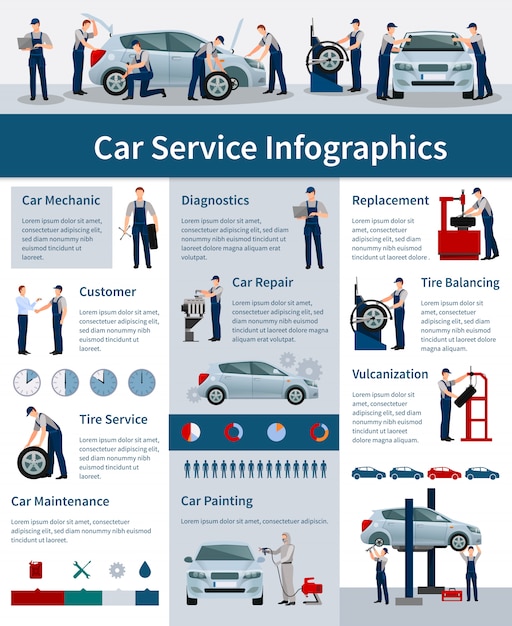When you're behind the wheel, those little caution lights on your car's dashboard can be fairly complicated. What do they mean, and should you be worried? Understanding these signals is vital for your vehicle's health, yet it does not have to be a daunting task. By deciphering the mystery behind each light, you'll be geared up to take care of possible issues effectively and keep your automobile running smoothly. So, following time a caution light flashes, do not panic - arm yourself with expertise and take control of the situation.
Significance of Automobile Warning Lights
Understanding the value of your vehicle's warning lights is crucial for preserving your automobile's health and wellness. These lights serve as your car's communication system, notifying you to prospective issues that might jeopardize your security on the road or lead to expensive repair work if neglected. By taking note of these cautions, you can resolve issues early and prevent additional damages to your lorry.
Overlooking cautioning lights can cause serious repercussions, such as engine failure, brake breakdowns, or even accidents. These lights are designed to notify you of concerns ranging from reduced tire stress to engine malfunctions, giving you the opportunity to act before the scenario intensifies. Regularly checking and understanding these cautions can save you time, money, and guarantee your safety and security while driving.
Along with keeping you risk-free, reacting quickly to warning lights can additionally help prolong the life expectancy of your vehicle. By addressing issues at an early stage, you can prevent little issues from escalating right into significant repairs, ultimately saving you money and time over time. Bear in mind, your vehicle's warning lights are there for a reason - do not ignore them!
Common Caution Lighting and Meanings
When it pertains to driving your car, being aware of common caution lights and their definitions is crucial for your safety and security and automobile maintenance. Here are a couple of common caution lights you might run into:
1. ** Check Engine Light **: This light shows a concern with your engine. Maybe something minor like a loosened gas cap or something extra severe like engine misfiring.
2. ** Battery Light **: This light signals a trouble with your car's charging system. It could indicate a damaged battery, generator, or various other related components.
3. ** Oil Pressure Light **: When this light begins, it suggests your engine might be running low on oil or experiencing low oil stress, which can bring about engine damages otherwise attended to immediately.
4. ** Brake System Light **: This light suggests an issue with your braking system. It could imply reduced brake liquid levels or an issue with the brake system that needs prompt interest.
Comprehending these typical caution lights will certainly aid you identify potential issues early on and avoid even more considerable problems down the road.
Exactly how to React To Warning Lights
On the occasion that a caution light illuminates on your auto's control panel, it's crucial to react without delay and properly. When a warning light comes on, the primary step is to consult your proprietor's manual to understand the details concern indicated by the light.
Some lights require immediate interest, while others may indicate a less urgent issue. If the warning light is red or flashing, it's generally an indication of a major problem that needs instant action. In such cases, it's a good idea to pull over safely, shut off the engine, and seek expert aid.
For yellow or orange caution lights, while they might not require immediate focus, it's still important to attend to the hidden problem quickly to stop additional damage. repair ac car and assessment can assist protect against advising lights from beginning suddenly.
Conclusion
In conclusion, understanding your vehicle's caution lights is essential for keeping your vehicle's health and safety. By regularly checking and reacting to these warnings, you can resolve prospective concerns early and prevent pricey repair services or safety threats. Bear in mind to consult your proprietor's guidebook for information on different caution lights and constantly take prompt activity for red or flashing lights. Remain positive and keep your car running smoothly!
